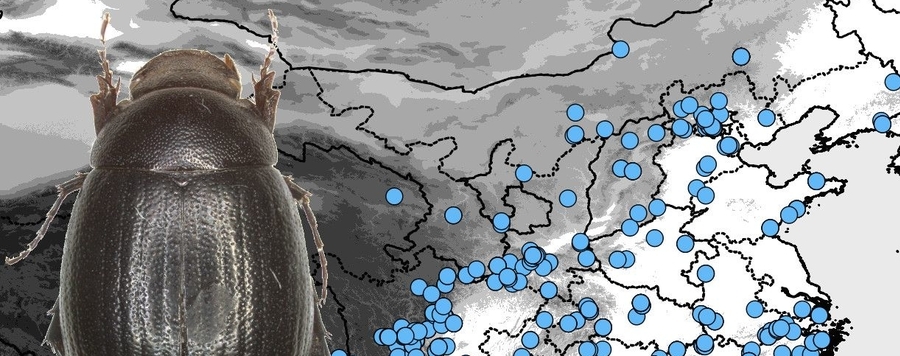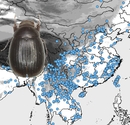The study, which was recently published in the journal "Zootaxa" by Silvia Fabrizi and Dirk Ahrens, scientists at the Zoological Research Museum Alexander Koenig - Leibniz Institute for Animal Biodiversity (ZFMK) in Bonn, and colleagues from the Chinese Academy of Sciences in Beijing, highlights how little we know about our planet.
In the publication, 152 of the 224 species detected in China were discovered and described as new, i.e. almost 68% of all these species were previously scientifically unknown! “This is an unbelievably high number and science must be able to fill gaps in knowledge,” says Ahrens. The COVID-19 situation has shown how problematic an insufficient knowledge can be.
The work on this monograph took more than 10 years again. One reason is that Ahrens too often has to do the work “on the side”. Because taxonomy is above all a descriptive science, he and his students in Germany often receive little funding for this work. Ahrens therefore primarily trains students from overseas from, for example, China, Sri Lanka, India or Brazil. In these countries the taxonomy is much more respected than in Germany.
Contact:
Dr. Dirk Ahrens
Head of Department Arthropoda
Head of Section
Curator
Coleoptera
Tel: +49 228 9122-286
Fax: +49 228 9122-212
Mail: d.ahrens [at] leibniz-zfmk.de
Grafik: (© ZFMK 2020)
Caption: Habitus image of the newly discovered, brachypterous Maladera queinneci sp. n. in front of a map showing all records elaborated for this monograph.
The use of the photo / graphic is free of charge for reporting on the publication.
Source: Fabrizi, S., Liu, W.-G., Bai, M., Yang, X.-K. Ahrens, D. (2020) A monograph of the genus Maladera Mulsant & Rey, 1871 of China (Coleoptera: Scarabaeidae: Melolonthinae: Sericini). Zootaxa 4922 (1): 001–400.








